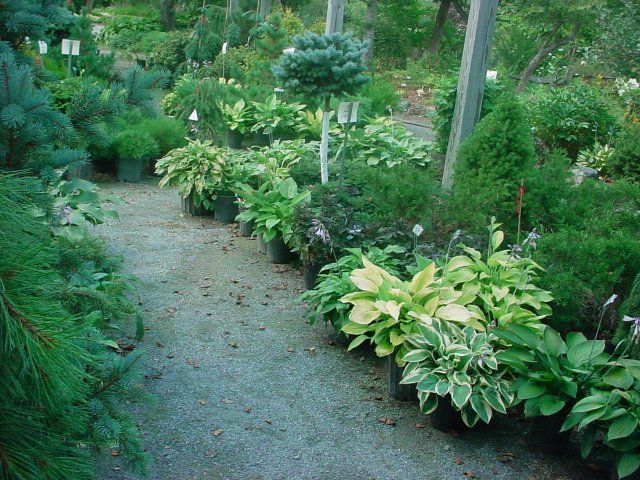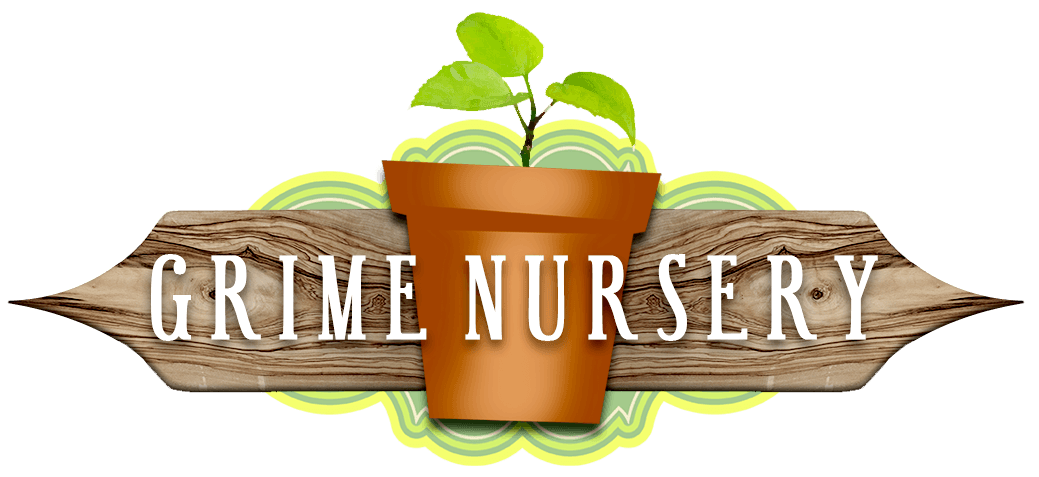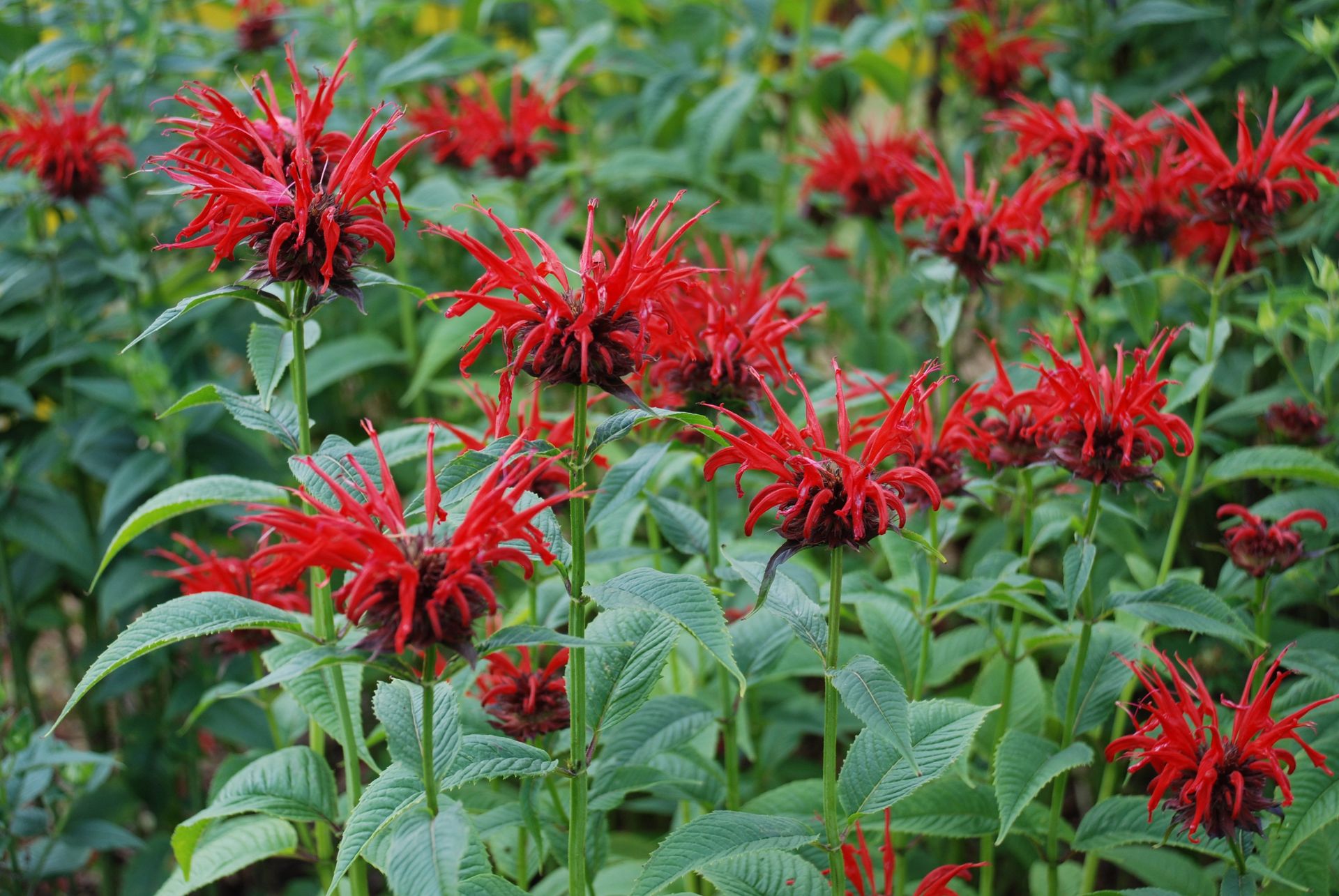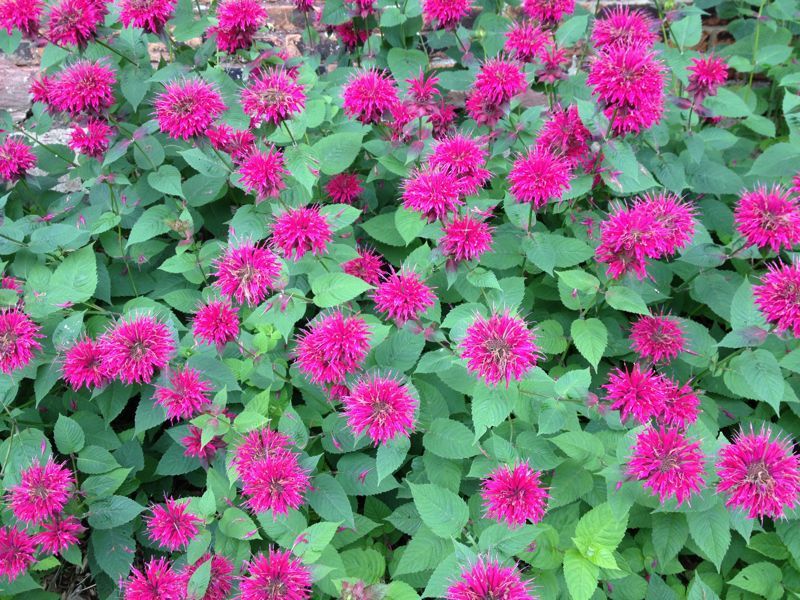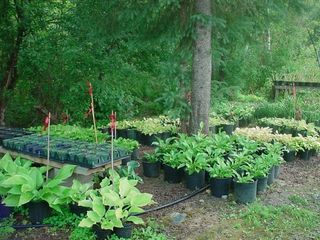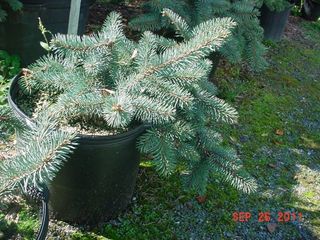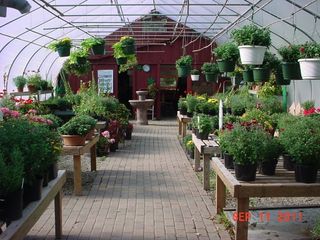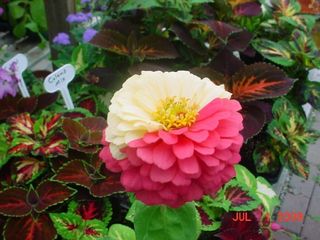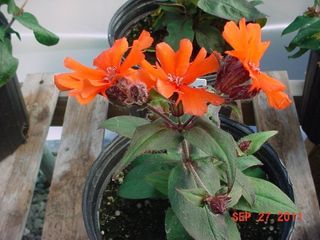By Blog Owner
•
July 22, 2015
One way to brighten up a shaded spot on your property is by planting hostas. These plants do bear tall spikes with white or lavender flowers in midsummer but do create a season-long striking foliage. Not many perrenials are turly carefree but hostas come close to it. Once established, they shade the ground so thoroghly that they will crowd out most weeds. They are not fussy about soils, so they even do quite well in the sun. Hostas in Vermont come in a wide range of solid colors, from deep green to blue-gray to light green or gold. Blue hostas often have a soft, waxy bloom especially early in the season. Green varieties tend to have shiny leaves while others have a matte appearance. Variegation can be white, cream, or yellow and can occur on the edges of the leaves, in the centers, or streaked throughout the leaf. The most common leaf shape is heartlike, but some do have narrow, straplike leaves. The largest hostas are 3-4 feet tall; the smallest are under 8 inches. With all of these factors mixed together you have an idea of why plant breeders are having such fun with this group of plants. Where Hostas Grow Hostas are among the most adaptable perennials. They do well from USDA Hardiness Zone 3 southward as far as zone 9. Hostas need a period of cold weather, at the onset of which they turn a pleasing yellow and then go dormant. Insufficient winter chill and dry air, such as in western deserts, are the chief limiting factors. Some hostas are native to woodlands and others grow in moist meadows where tall grasses provide some shade. In the garden, one-third shade is ideal. If soil moisture is ample, most hostas can take direct sun, especially in cooler climates and at the northern limit of their range. Gold varieties must have some direct sun for their full color to develop; in shade they become chartreuse. Blue varieties develop best color in shade. When hostas get too much sun or not enough water, the leaf edges become papery and brown. At the southern edge of their range, more shade is beneficial. Hosta Seasonal Care Early Spring : Apply a light application of balanced or slow-release fertilizer or side-dress with compost and organic amendments when new growth appears. Divide or transplant now before leaves unfurl. Water newly planted plants well if it is unseasonably dry, as Hostas prefer evenly moist soil. Mid-Spring: Mulch plants after soil has warmed, keeping mulch away from the crowns to discourage rot. Late Spring: Watch for slug damage and use preventative measures if slugs are active. Summer: Groom plants by removing yellow or dead leaves and cut flower spikes back as they finish blooming, unless you want to collect seed. Fall: Cut foliage back to soil level. For new plants, provide a winter mulch of evergreen boughs or salt marsh hay after the ground freezes to help prevent heaving. Pests Hostas tend to be pest free. However, slugs do tend to enjoy eating holes in the leaves of hostas and the slug is considered by many to be the number one pest of hostas. The next most significant problem that is occurring on occasion is crown rot. In the South this rot will become a problem in the summer when the extreme heat, humidity, and moisture cause the crown to rot and the leaves to pull off the plant. In the North, this problem is visible in the early spring because water has sat on the Hosta crown during the winter and the plant fails to start growing. Foliar nematodes are a problem that is becoming more widespread every year. In cases of nematode attack, the microscopic worm feeds on the leaf tissues between the veins of mature leaves, eventually causing the entire leaf to die. Sanitation is the best control. Hosta Virus X is a new pest that causes the leaves to become mottled and twisted. This deformity has no cure. If your plants contact this virus, also called HVX, the plant must be destroyed. Fortunately, it does not easily spread to other hostas in your garden. The last pest of significance are voles. These are like mice that have short tails and burrow in the soil like moles. While moles are not a problem because they eat grubs, voles prefer to eat fleshy roots such as those found on Hostas. Voles can kill an entire hosta garden over winter. Control is usually with baits and traps used to catch mice. Predators include cats, dogs, and birds. Check out our Hosta Plants in Waterford, Vermont
